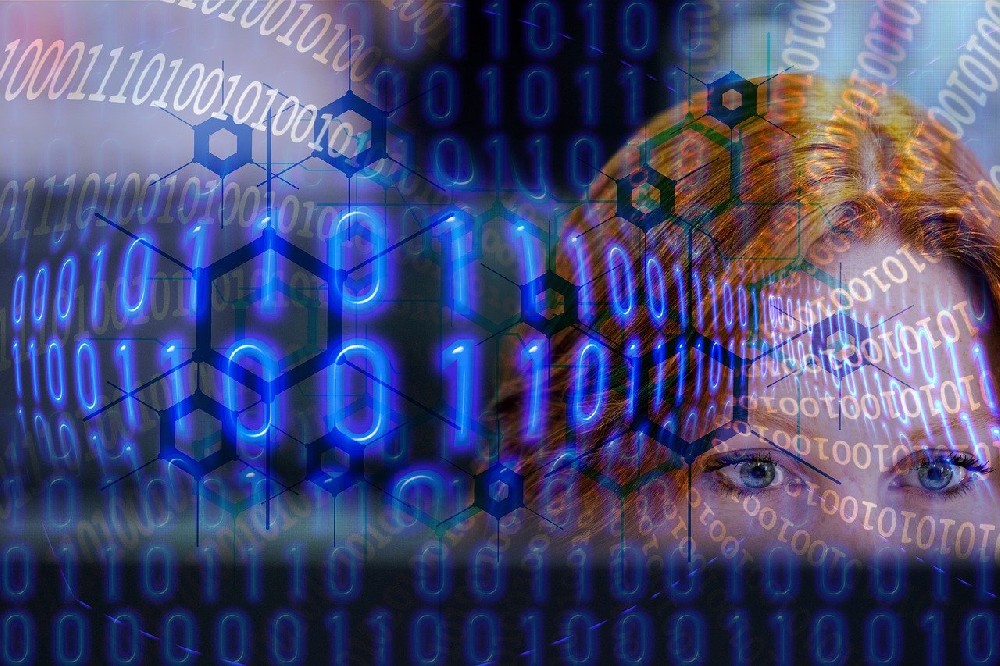The modern world is undergoing a vast transformation, where the whispers of scientific breakthroughs saturate every corner of the software industry. As we stand on the cusp of a new era, it is crucial to explore the depths of the recent scientific advancements that are reshaping software as we know it. In the heart of this technological revolution lies quantum computing. No longer a figment of scientific speculation, quantum computers present an incredible leap forward in processing power, challenging the very fabric of traditional computing and promising to solve complex problems unimaginable a few decades ago. The implications for software are profound, requiring novel algorithms that capitalize on the nuances of quantum mechanics to execute tasks at unprecedented speeds. Another area where science wields its influence is in artificial intelligence (AI), which has taken gigantic strides in recent years. AI systems can now perform complex tasks, from driving cars to diagnosing diseases, tasks that were previously considered the exclusive domain of human expertise. The development of AI is cyclically propelled forward as it contributes to the creation of more sophisticated software tools, which in turn accelerate AI research—a symbiosis that suggests limitless potential. Machine learning, a subset of AI, is particularly integral in devising data-driven solutions that autonomously improve through experience. Software capable of learning has become indispensable in various sectors, including finance, healthcare, and e-commerce, to glean insights from vast tracts of data and inform decision-making processes with a level of accuracy and efficiency previously unattainable. The scientific discipline of cryptography has also seen noteworthy advancements, and modern software has had to evolve in tandem to incorporate increasingly sophisticated encryption methods. With cybersecurity threats looming larger by the day, software that fails to incorporate robust security measures may soon become obsolete. Fueled by both necessity and scientific innovation, the software industry is experiencing a renaissance in securing digital infrastructure. Furthermore, the integration of IoT (Internet of Things) in software creates a network of inter-connectivity that brings physical objects into the digital realm. The synthesis of software with everyday objects has spurred the growth of smart homes, cities, and industries, where real-time monitoring and control are possible at the tips of our fingers. Software is not just evolving in complexity but also in accessibility, through initiatives that promote open-source collaboration. Here, the scientific community plays a pivotal role, contributing to and benefiting from software advancements and ensuring that the collective brainpower of humanity drives progress. This has democratized software development, enabling researchers, students, and hobbyists alike to partake in this digital exploration. Lastly, we cannot overlook the environmental nexus of our technological pursuits. Green computing practices are being incorporated into software to minimize carbon footprints and promote sustainable development. This scientific approach to environmental responsibility is becoming ingrained within software development life cycles, striving for optimizations that reduce energy consumption and waste. As we peer into the horizons of software's future, it is imbued with the essence of scientific thought—rational, exploratory, and boundless. The intertwined growth of software and science is a testament to humanity's relentless quest for knowledge and advancement. With each scientific discovery, we unlock new potentials within the realm of software, leading to a future that is not only efficient and interconnected but also inclusive and sustainable. In conclusion, the path of software development is irrevocably entwined with the discoveries of science. The leaps made in various scientific fields continue to push the boundaries of what software can achieve, and as history has shown, this is a journey that knows no end. It is through the lens of science that we can envision the next wave of software innovations, each promising to redefine the digital landscape and enrich human life as we know it.




